It’s impossible to consider the history of the LGBTQ movement without thinking about New York City.
From the riots at Stonewall to sip-ins at Julius’, the history of the queer movement is intimately intertwined with New York’s.
A new project is helping document and connect some of the most significant locations for LGBTQ people across the city’s five boroughs.
The NYC LGBT Historic Sites Project is working to create a large-scale documentation of sites around the city that convey the community’s influence on American culture.
The New York Community Trust, an organization with a history of funding projects that advance and protect LGBTQ history, was the first private funder of the project.
“The project has identified sites that date back hundreds of years to today that illustrate important moments in the struggle for LGBT civil rights,” said Kerry McCarthy of the New York Community Trust. “But also sites that shine a light on important aspects of our heritage and history as New Yorkers and Americans, given the incredible contributions that LGBT New Yorkers have made.”
“Most people conceptualize Stonewall as the birthplace of LGBT activism, but we really want to show people that there was LGBT lives and LGBT history and LGBT narrative in New York City that led up to Stonewall and contributed to that starting in the 17th century,” Ken Lustbader of the NYC LGBT Historic Sites Project told HuffPost. “Real activism in New York was taking place in the 1950s and ’60s, predating Stonewall, and if it wasn’t for those people already organizing, there would not have been a Stonewall.”
Below, check out 11 of the places listed in the NYC LGBT Historic Sites Project, and head here to view the growing database of queer history in New York City.
Site descriptions have been republished with permission from the NYC LGBT Historic Sites Project.
LGBT Community Center
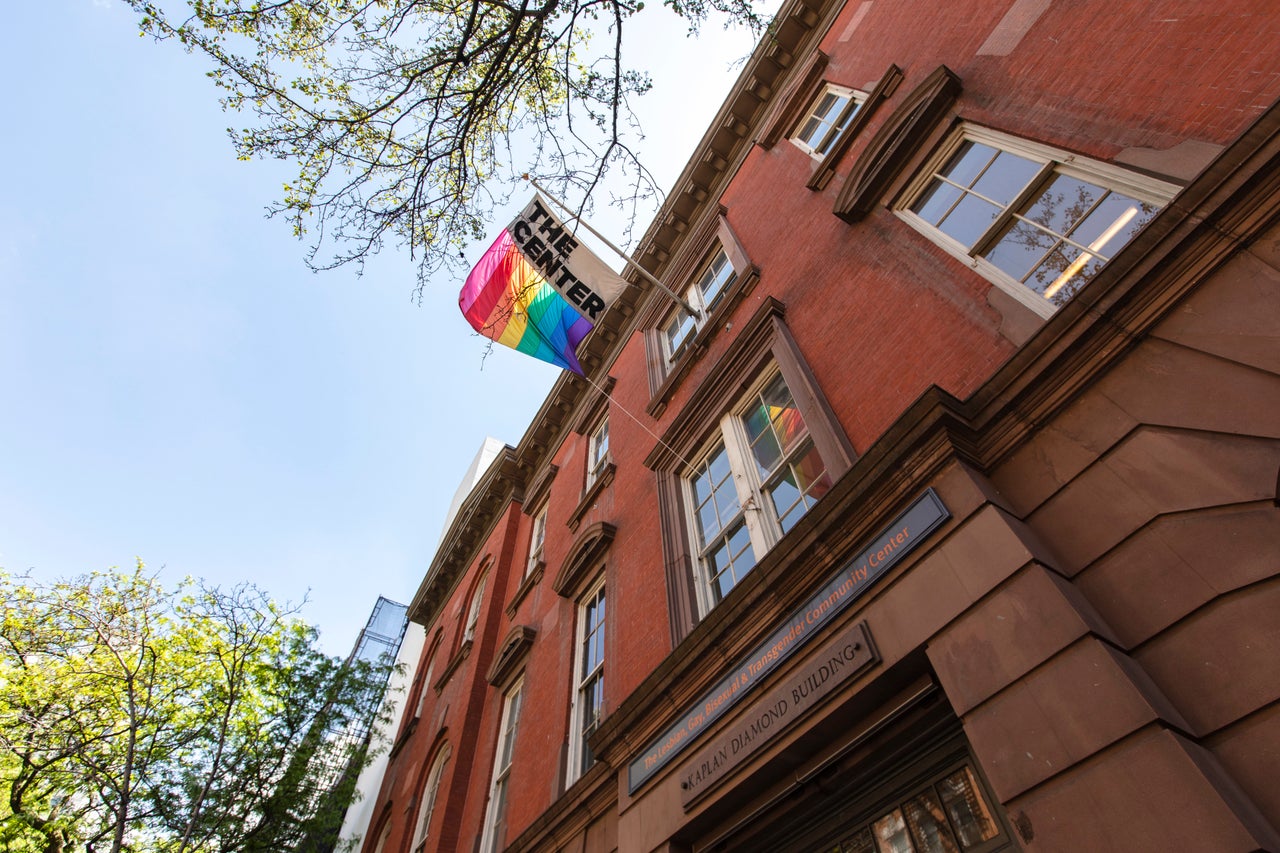
Since 1983, the Lesbian, Gay, Bisexual and Transgender Community Center has served as a vital support system for hundreds of thousands of people.
The center has witnessed the founding of ACT UP, GLAAD, Las Buenas Amigas, Queer Nation and the Lesbian Avengers and for many years was the meeting location for the Metropolitan Community Church of New York and SAGE.
The Gender Identity Project, which was established here in 1989, is the longest-running service provider for the transgender and gender-nonconforming community in the state.
Christopher Street Piers
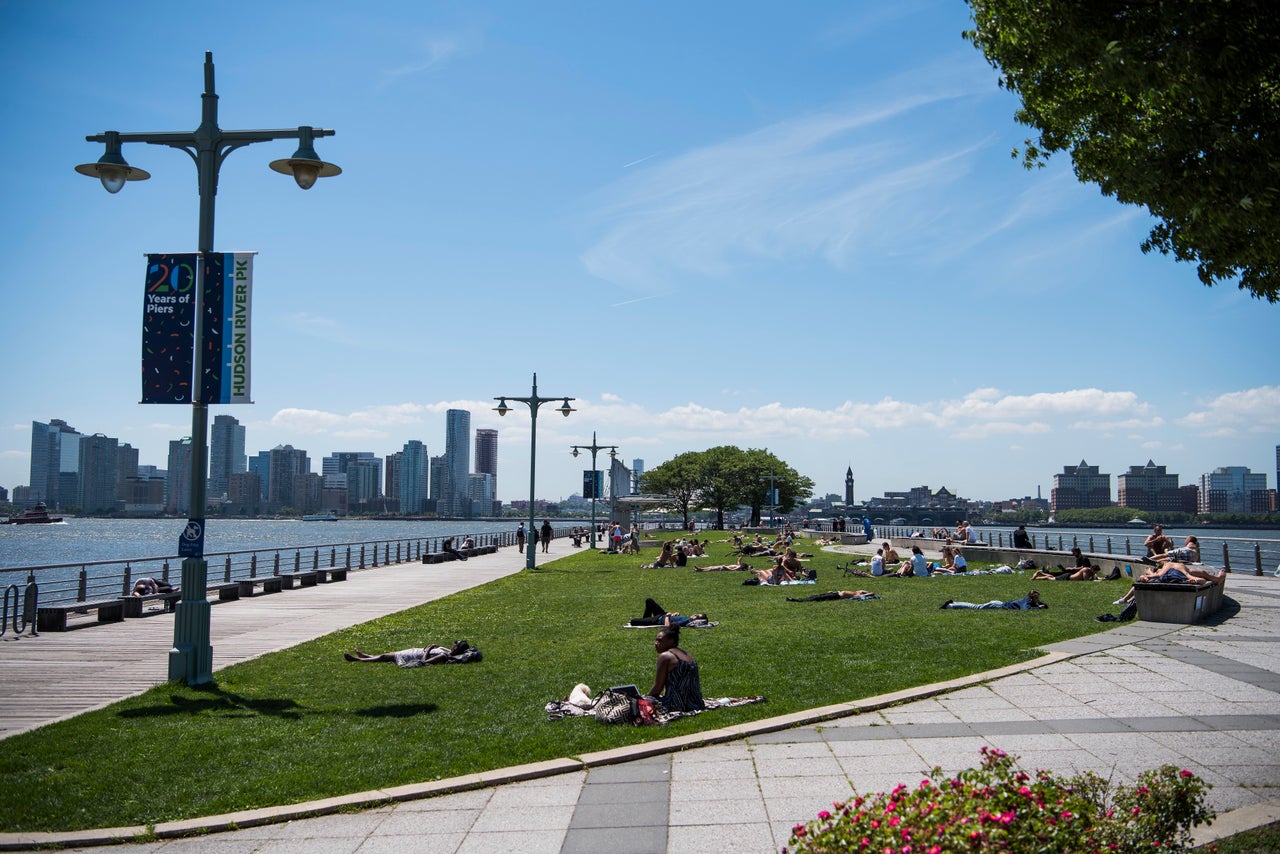
For over a century, the Greenwich Village Hudson River waterfront, including the Christopher Street Pier at West 10th Street, has been a destination for the LGBT community that has evolved from a place for cruising and sex for gay men to an important safe haven for a marginalized queer community — mostly queer homeless youths of color.
From 1971 to 1983, the interiors of the piers’ ruin-like terminals featured a diverse range of artistic work, including site-based installations, photography, murals and performances.
Lorraine Hansberry Residence
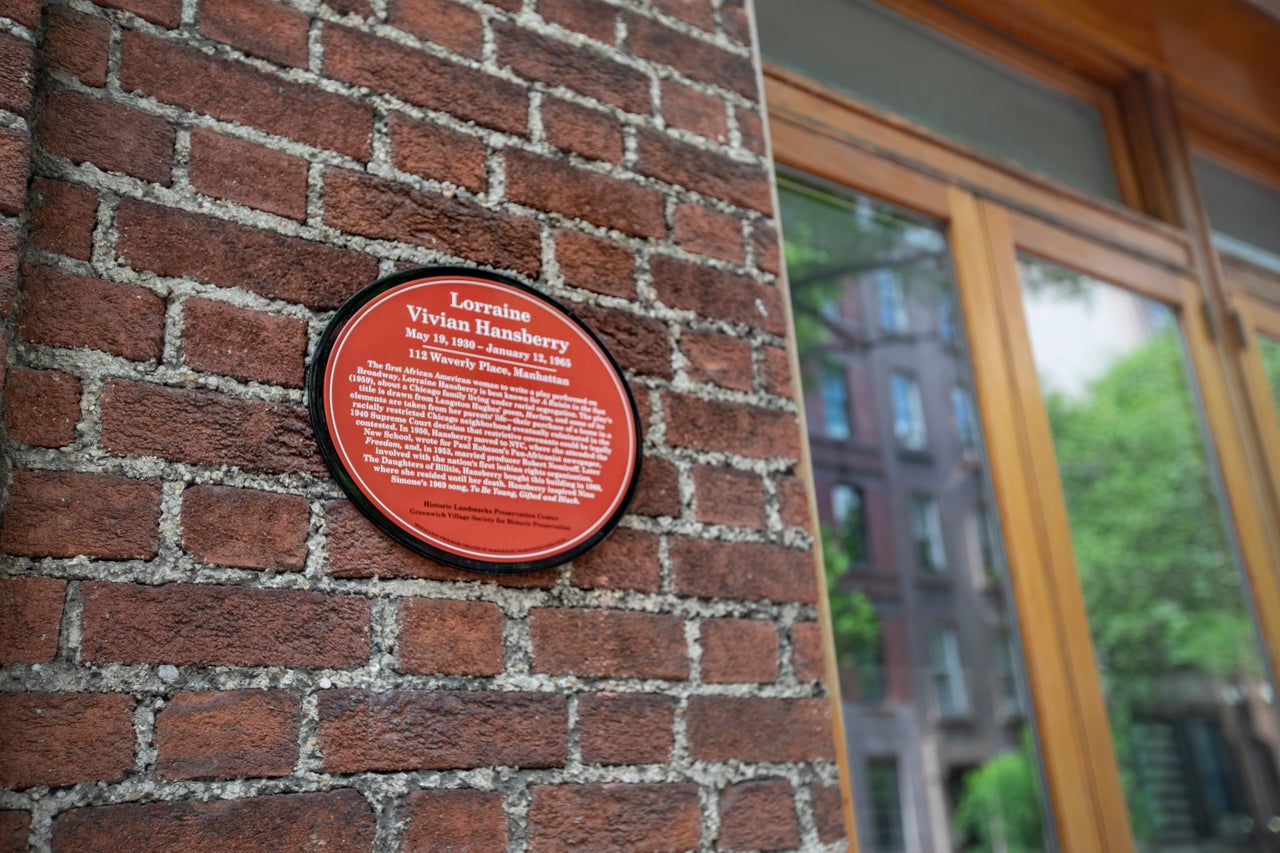
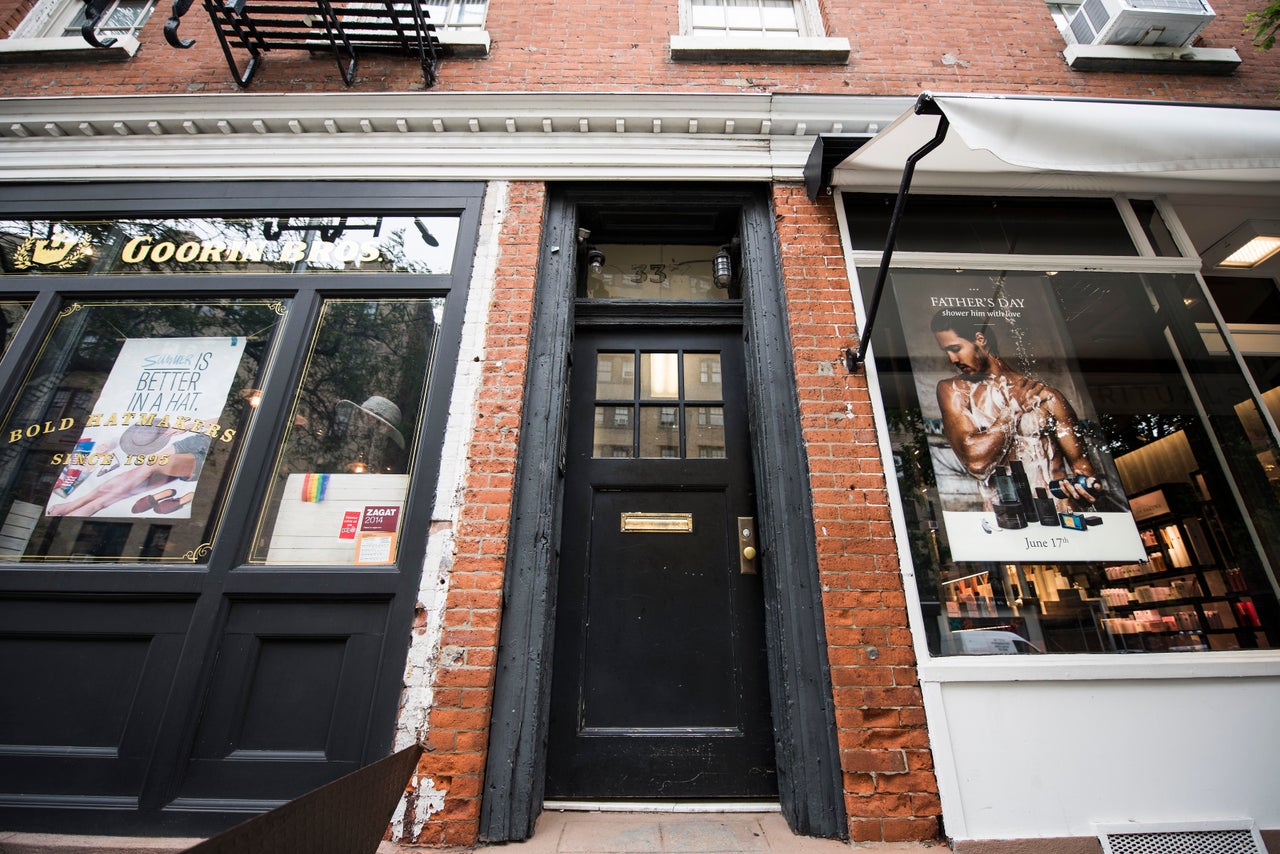
From 1953 to 1960, playwright and activist Lorraine Hansberry resided in the third-floor apartment of this building.
While here, Hansberry lived parallel lives: one as the celebrated playwright of “A Raisin in the Sun,” the first play by a black woman to appear on Broadway, and the other as a woman who privately explored her homosexuality through her writing, relationships and social circle.
Lesbian Herstory Archives
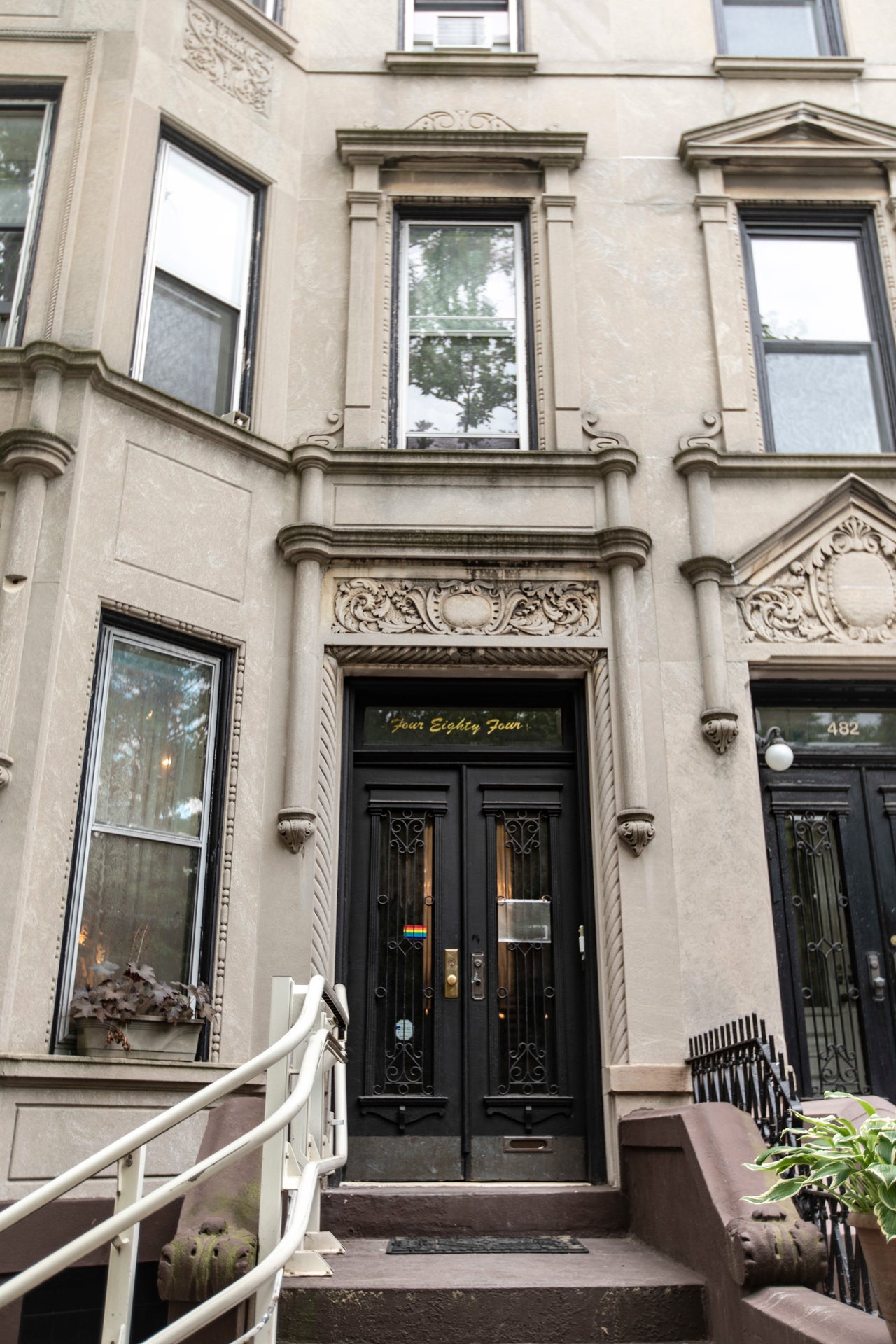
Founded in 1974, the Lesbian Herstory Archives was first housed on the Upper West Side of Manhattan before opening its current location in Brooklyn’s Park Slope in 1993.
The volunteer-based archives, which also serves as a museum and community center, has one of the world’s largest collection of records “by and about lesbians and their communities,” according to its website
New York Stock Exchange – ACT UP Demonstrations

The AIDS Coalition to Unleash Power formed in 1987 to call attention to the AIDS crisis. In 1988 and ’89, it held two huge demonstrations at the New York Stock Exchange to protest the high price of the AIDS drug AZT, which was unaffordable to most people living with HIV.
Stonewall Inn
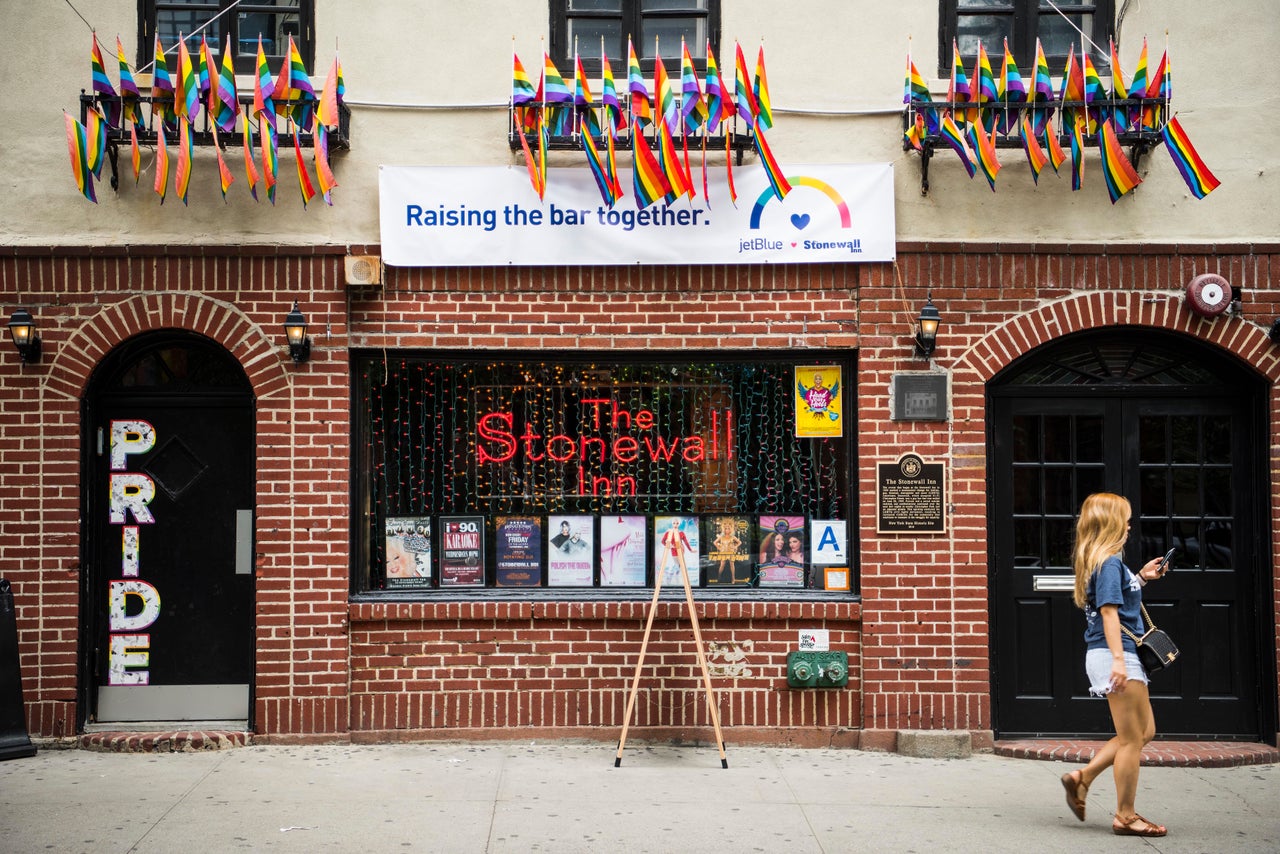
From June 28 to July 3, 1969, LGBT patrons of the Stonewall Inn and members of the local community took the unusual action of fighting back during a routine police raid at the bar.
The events during that six-day period are seen as the beginning of the modern LGBT rights movement, with large numbers of groups forming around the country in the following years.
The Stonewall Inn was the first LGBT site in the country to be listed on the National Register of Historic Places (1999) and named a National Historic Landmark (2000), with additional city, state and federal recognition in 2015 and 2016.
Julius’
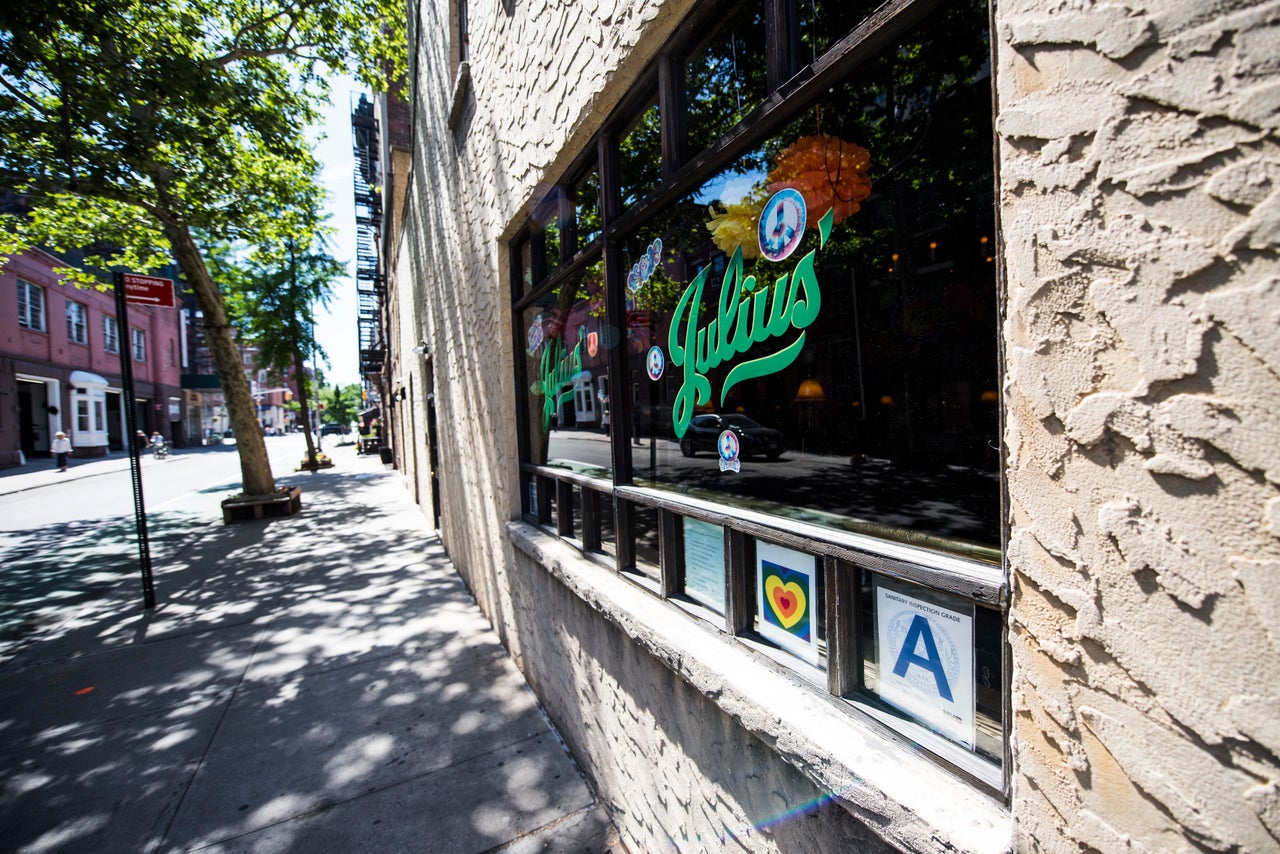
On April 21, 1966, a sip-in was organized by members of the Mattachine Society, one of the country’s earliest gay rights organizations, to challenge the State Liquor Authority’s discriminatory policy of revoking the licenses of bars that served known or suspected gay men and lesbians.
Rivington House
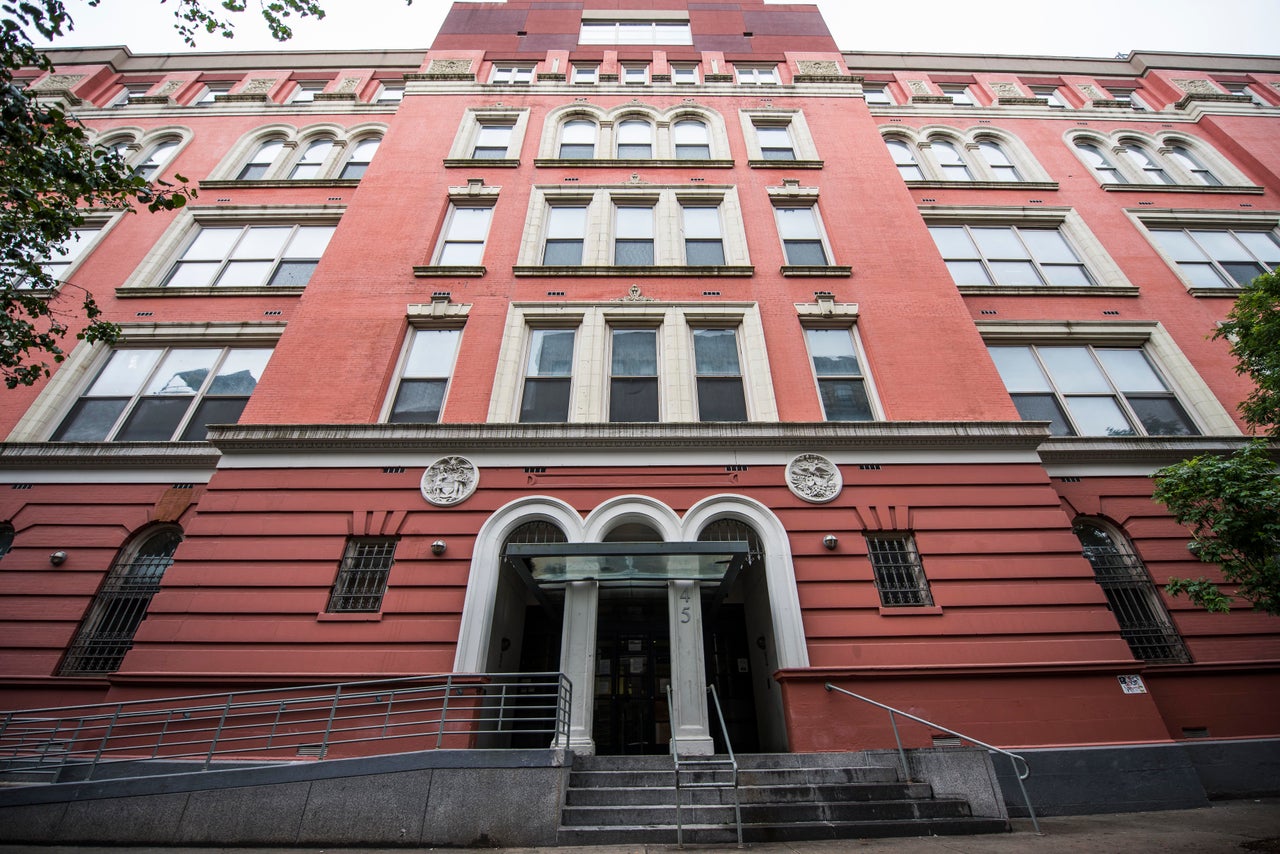
In 1995 this former public school reopened as a 219-bed nursing home for people with AIDS — the largest of its kind in New York City.
Rivington House was controversially sold by the city to a private developer in 2015.
Audre Lorde Residence
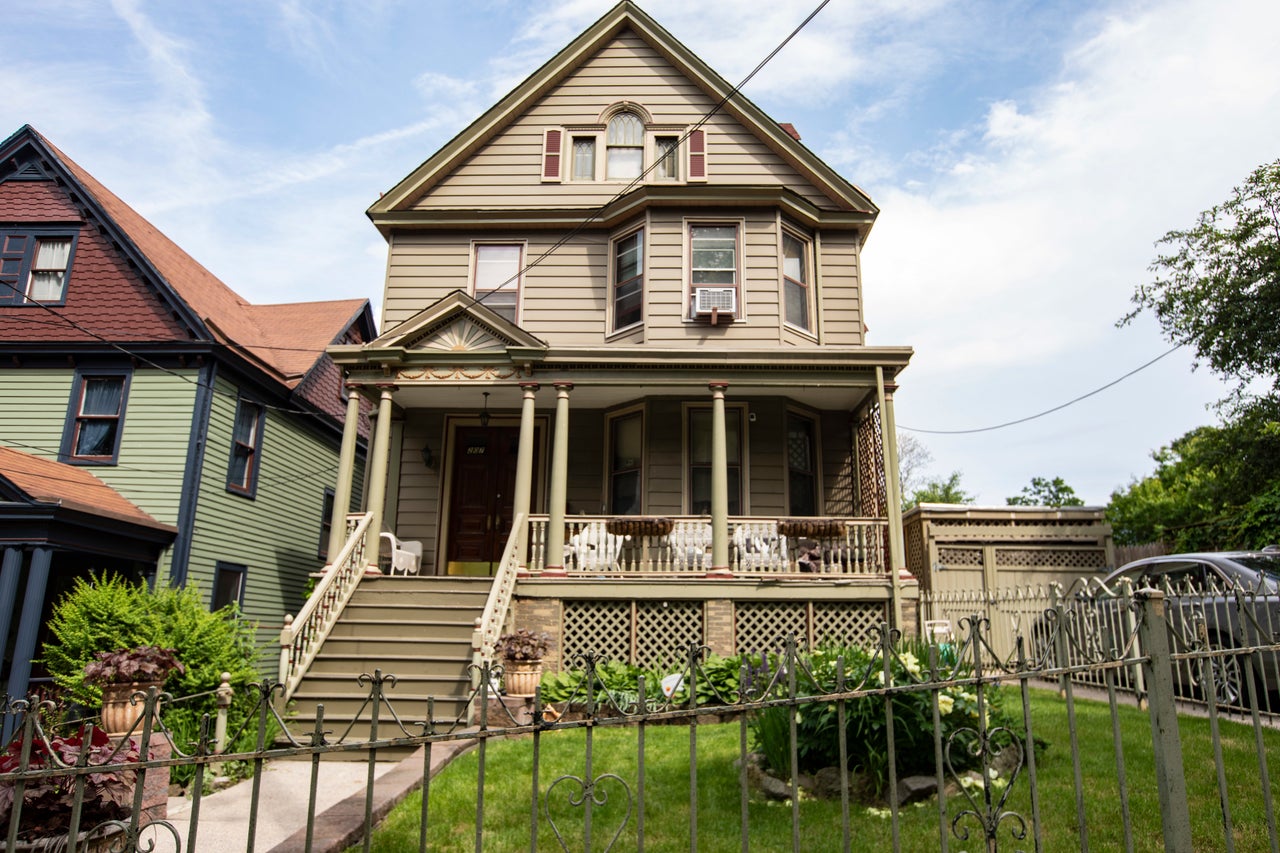
Acclaimed black lesbian feminist, writer and activist Audre Lorde lived here with her partner and two children from 1972 to 1987.
In that time, Lorde was a prolific and influential writer, co-founded Kitchen Table: Women of Color Press and spoke at the 1979 National March on Washington for Lesbian and Gay Rights.
Bayard Rustin Residence
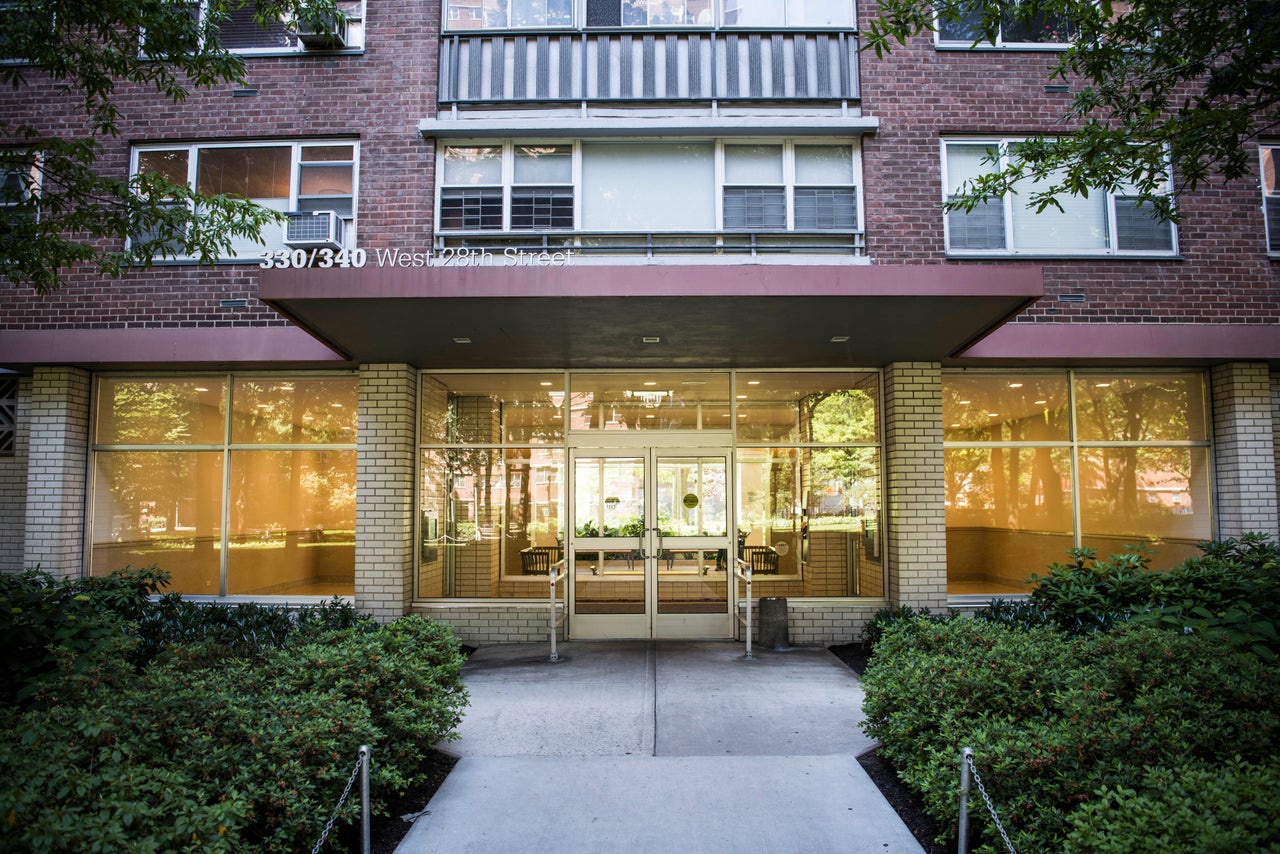
Bayard Rustin, one of the most important yet least-known figures of the civil rights movement, lived in an apartment in this Chelsea building complex from 1963 to his death in 1987.
While here, he served as the lead organizer of the 1963 March on Washington for Jobs and Freedom and took part in numerous social justice campaigns around the world.
Transy House
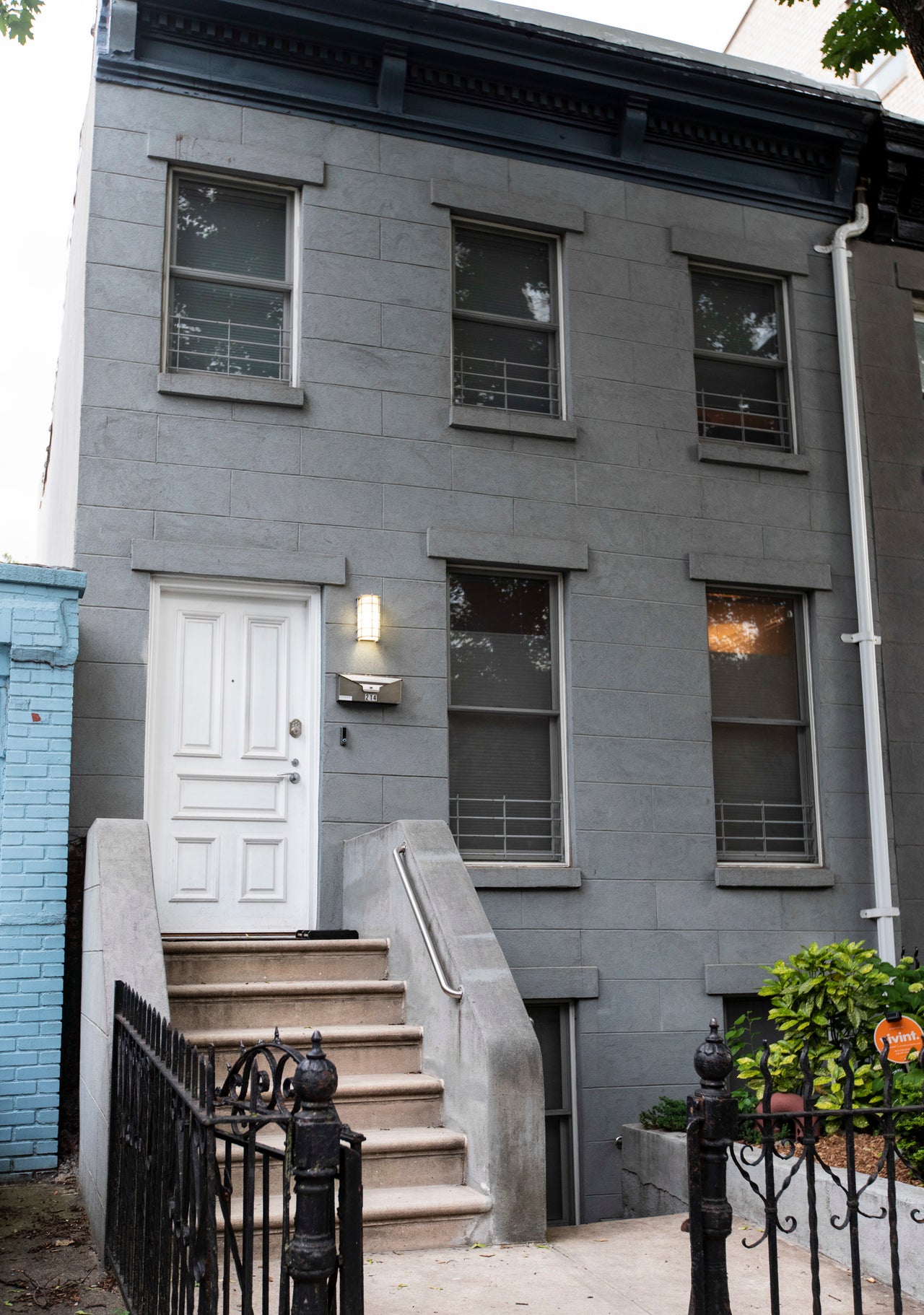
Transy House was a transgender collective operated by Rusty Mae Moore and Chelsea Goodwin from 1995 to 2008.
It provided shelter for trans and gender-nonconforming people in need, served as a center for trans activism and was the last residence of pioneering LGBT rights activist Sylvia Rivera.
#TheFutureIsQueer is HuffPost’s monthlong celebration of queerness, not just as an identity but as action in the world. Find all of our Pride Month coverage here.
